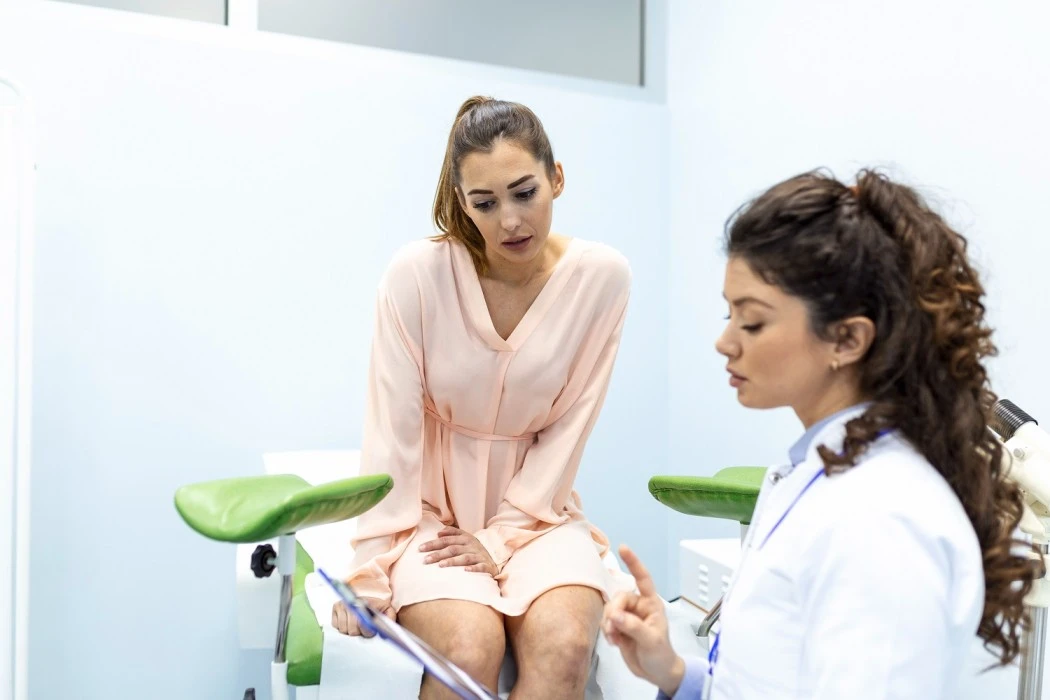
The Pap smear is a lifesaving screening tool for detecting cervical cancer. As a key part of women’s preventive healthcare, it’s recommended as a routine component of gynecological visits. Thanks to the Pap smear, cervical cancer rates have dropped significantly. Yet despite its importance, many women still skip this essential test. Whether you’re preparing for your first Pap smear or looking to better understand your results, this guide will walk you through what you need to know.
In this article, we will explore what a Pap smear is, how it works, who should undergo testing, and what to expect during the procedure. Let’s dive!
What is a Pap smear?
A Pap smear (also known as a Pap test) is a simple and effective screening process used to detect abnormal, potentially cancerous cells in the cervix. The primary purpose of this test is to identify early cellular changes that could potentially lead to cervical cancer. Women between the ages of 21 and 30 should get tested at least once every three years.
During the test, a sample of cells from the cervix will be taken to check for precancerous or cancerous changes. In several cases, these changes are linked to a common sexually transmitted infection. By catching abnormal cells early, Pap smear allows for early treatment, making it a cornerstone of early detection and preventive healthcare for women.
Types of Pap Smear Test
There are two primary types of Pap smear tests, both designed to collect and examine cervical cells for abnormalities:
Conventional Pap Smear
In a traditional test, the cervical cells are smeared directly onto a microscope slide and then sent to a lab for analysis.
Liquid-Based Cytology (LBC)
This more modern method involves placing the cervical cell sample in a liquid solution before examination. LBC tends to provide more accurate results and can be used for HPV testing from the same sample. Many providers now opt for LBC, especially when co-testing for HPV, which is recommended for women over 30.
Who Needs a Pap Smear? - Pap Smear Age
One of the most common questions women ask is at what age they should get a Pap smear test. Generally, the recommended age for women to begin getting Pap smears is 21. General guidelines to get tested for a Pap smear include:
- Ages 21–29: A Pap smear every 3 years, if results are normal.
- Ages 30–65: A Pap smear every 3 years, or every 5 years if combined with an HPV (Human Papillomavirus) test.
- After 65, if you’ve had 10 years of normal results, you may not need further screening.
The following conditions might mean you require a Pap smear more often than every 3 years. Consult with your doctor for further information.
- Have a history of abnormal Pap results or cervical dysplasia]
- Are HIV-positive
- Have a weakened immune system
- Were exposed to diethylstilbestrol (DES) before birth
- Have had cervical cancer in the past
How to Prepare for a Pap Smear Test? - Pap Smear Procedure
There are a few guidelines to follow for accurate Pap smear test results. Preparing properly for a Pap smear procedure ensures more accurate results. Here are a few preparation steps:
- Avoid intercourse
- Avoid douching or using vaginal creams/sprays for 48 hours before the test
- Schedule your test at least 5 days after your menstrual period
- Try to stay calm and relaxed, as tension in the pelvic muscles can increase discomfort
What Happens During a Pap Smear?
A Pap smear is typically performed during a routine gynecological exam and takes just a few minutes: You’ll lie on the exam table with your feet in stirrups. A speculum is gently inserted into the vagina to open the walls and access the cervix. A small brush or spatula is used to collect a sample of cervical cells.
A Pap smear is a quick and painless process, typically performed during a routine gynecological exam. Here’s how it usually happens:
Positioning
You’ll be asked to lie on an exam table with your feet placed in stirrups. This allows the doctor to gently access the cervix.
Speculum Insertion
A device called a speculum is inserted into the vagina. It gently opens the vaginal walls so the cervix can be seen clearly. It can feel a little pressurized, but it shouldn’t be painful.
Cell Collection
A device called a speculum is inserted into the vagina. It gently opens the vaginal walls so the cervix can be seen clearly. It can feel a little pressurized, but it shouldn’t be painful.
Sample Preservation
The collected cells are then placed in a special solution and sent to a laboratory for further examination.
Completion
Once the sample is taken, your exam is complete. You can resume your normal activities immediately afterward. While some women experience minor spotting, it typically lasts for a day.
Conclusion
The Pap smear test and procedure is a small but significant step with a potentially massive impact on women’s health. By identifying abnormal cells before they turn into cancer, this test helps save thousands of lives every year. Whether you’re preparing for your first test or haven’t been screened in a while, be sure to discuss with your doctor and make the best decision suited to your health.
FAQs
01. What is the average Pap smear price?
The cost of a Pap smear varies depending on your location, the doctor’s experience, your insurance, and whether it includes HPV testing. Without insurance, it can range from $50 to $200.
02. Are there any side effects or dangers of the Pap smear procedure?
There are no such complaints of dangers from the Pap smear test. You might experience mild cramping, spotting, or discomfort. Severe complications are extremely rare.
03. Do I need a Pap smear if I’ve received the HPV vaccine?
Yes. The vaccine doesn’t protect against all types of HPV, so cervical cancer screening is still essential.
04. Can I get a Pap smear during my period?
It’s best to avoid scheduling your test during menstruation as blood can interfere with accurate results. Aim for at least four days before and after your period.
05. Do you need a Pap smear if not sexually active?
Yes. HPV can be transmitted in ways other than penetrative sex and in women who are not sexually active.
06. What happens if you never get a Pap smear?
It’s not recommended to never get a Pap smear. As you may miss the early signs of precancerous changes, increasing the risk of developing cervical cancer, which is often symptomless in the early stages.
07. does pap smear hurt if you're virgin?
A Pap smear may cause some discomfort, but for virgins, doctors often use a smaller speculum and a gentle technique to minimize any potential pain. While it can feel unusual, the procedure is quick and generally not painful.
Recent Post





